After the first weekend with the Nikon Z7 it is a bit early for me to draw any conclusion about the new mirrorless camera, handling is too different compared to a DSLR to make quick judgments. The writeup about the Z7 will take a while until I fully come to grip with the new system.
However, the Z 24-70mm 4,0 S made an instant impression on me that I would like to share. The lens comes for 600 € bundled as a kit lens in Europe, compared to 1099 Euro if bought as individual lens. This lens is a first demonstration of the optical quality that is possible with the new Z mount and should not be seen as simple “kit lens”.
Build and feel are quite good and much better compared to the consumer zooms like AF-S 24-85mm VR. It does not reach the massive build of a AF-S 24-70mm 2,8, but still feels like a quality lens. The big zoom ring has a rubber cover while the narrow focus ring is made of plastic. Focus movement is determined electronically (focus-by-wire), therefore no real mechanical connection is given between focus ring and lens elements.
Optical performance is on the first glance excellent. Sharpness is very good across the whole focal range and beginning at wide open aperture. The sharpness into the corners and towards the borders is simply stunning. Stopping down to f/5,6 increases the sharpness up into the corners to an excellent level (while it is already very good at f/4). Filed curvature seems also absent from the Z 24-70mm 4,0. The lens performs overall better than my AF-S 24-70mm 2,8G in this regard at all apertures and across the whole range. Only vignetting is more intense with the Z at f/4 and f/5,6 than with the F Nikkor.
Color and contrast are comparable between Z 24-70mm 4,0 S and AF-S 24-70mm 2,8G, the Z is a tad cooler in color. Aberrations are minimal for the Z lens, distortion has not been compared by me yet.
An extensive test will be included in the respective section of this website later on. For now I want to share my first impression on the lens and advise anyone who thinks about buying a Z6 or Z7 to get the Nikkor Z 24-70mm 4,0 S along with it. It is a really excellent lens, much more than a kit lens. It is – except vignetting and f/2,8– an optical upgrade to the AF-S 24-70mm 2,8G and I expect it also to be better than the newer E VR version. The new Z mount seems to deliver right from the beginning.
Samples:

Z7 Z24-70mm @ 70mm und Blende 4,0: JPEG RAW
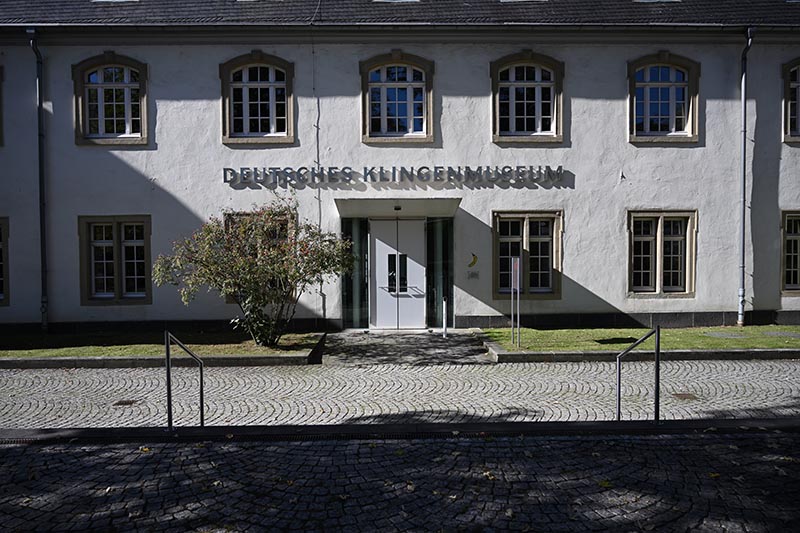 Z7 Z24-70mm @ 24mm und Blende 4,0: JPEG RAW
Z7 Z24-70mm @ 24mm und Blende 4,0: JPEG RAW
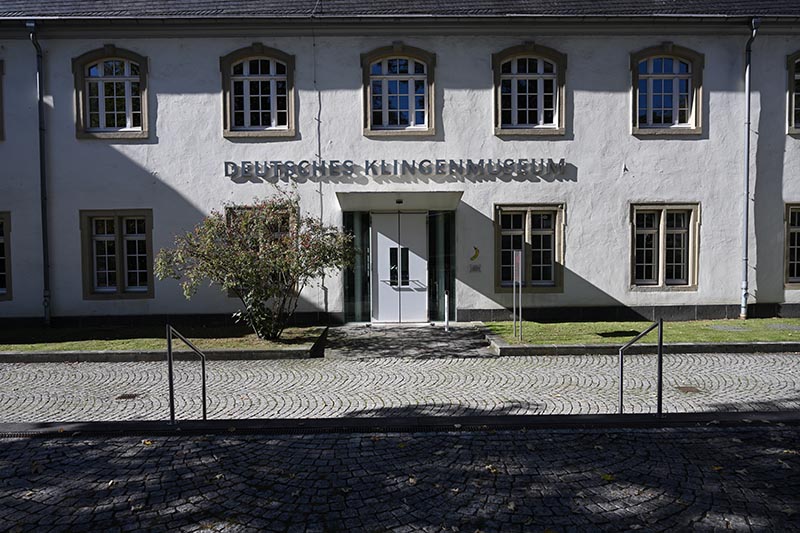 Z7 Z24-70mm @ 24mm und Blende 5,6: JPEG RAW
Z7 Z24-70mm @ 24mm und Blende 5,6: JPEG RAW
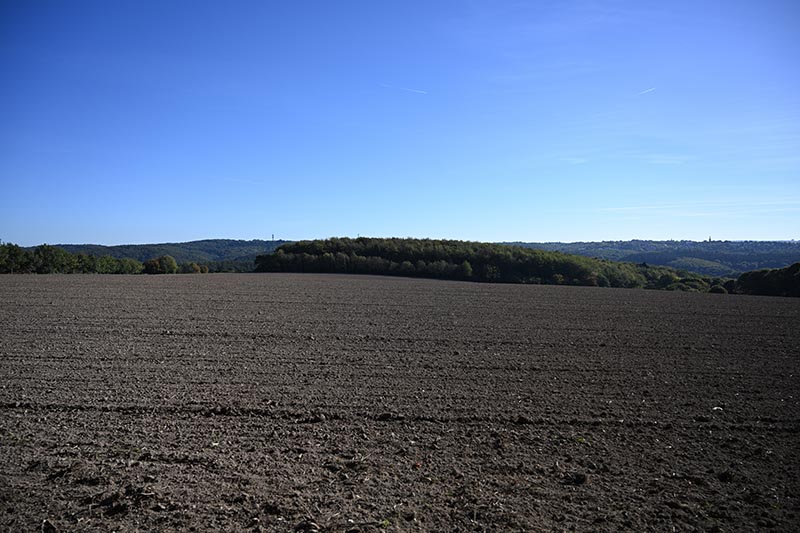 Z7 Z24-70mm @ 24mm und Blende 4,0 (Distanztest, 1/3): JPEG RAW
Z7 Z24-70mm @ 24mm und Blende 4,0 (Distanztest, 1/3): JPEG RAW
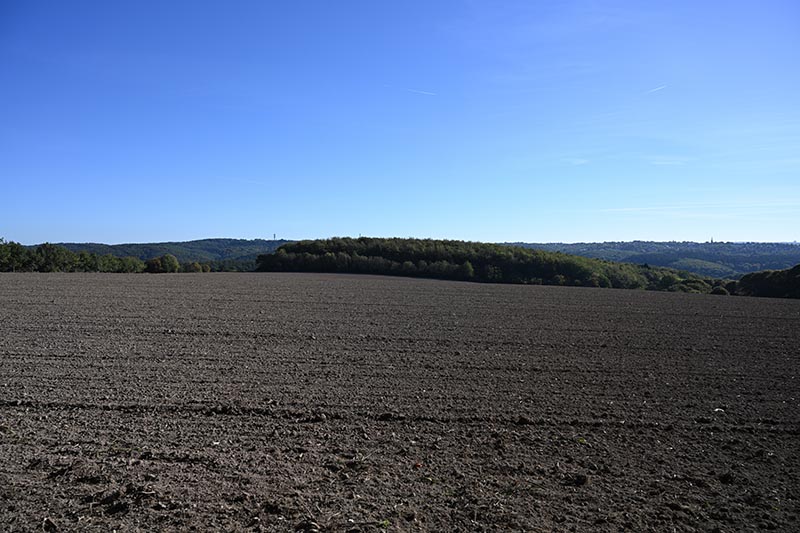 Z7 Z24-70mm @ 24mm und Blende 5,6 (Distanztest, 2/3): JPEG RAW
Z7 Z24-70mm @ 24mm und Blende 5,6 (Distanztest, 2/3): JPEG RAW
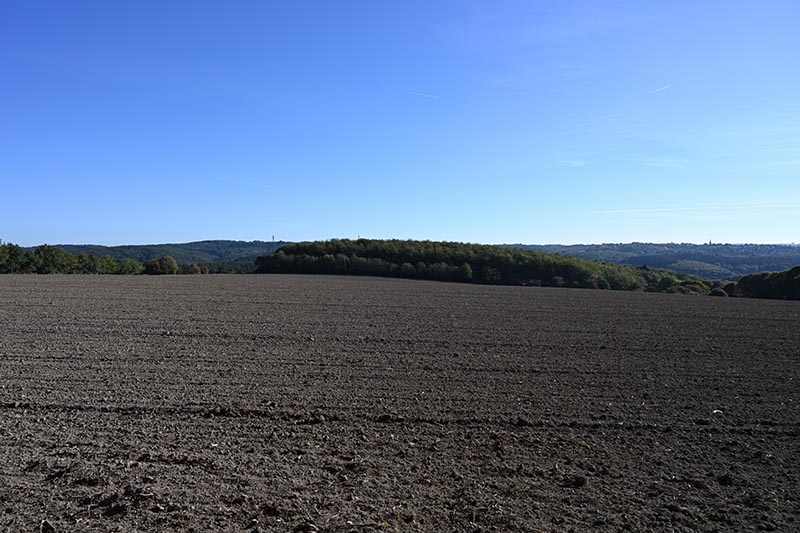 Z7 Z24-70mm @ 24mm und Blende 8,0 (Distanztest, 3/3): JPEG RAW
Z7 Z24-70mm @ 24mm und Blende 8,0 (Distanztest, 3/3): JPEG RAW


 Z7 Z24-70mm @ 24mm und Blende 4,0:
Z7 Z24-70mm @ 24mm und Blende 4,0:  Z7 Z24-70mm @ 24mm und Blende 5,6:
Z7 Z24-70mm @ 24mm und Blende 5,6:  Z7 Z24-70mm @ 24mm und Blende 4,0 (Distanztest, 1/3):
Z7 Z24-70mm @ 24mm und Blende 4,0 (Distanztest, 1/3):  Z7 Z24-70mm @ 24mm und Blende 5,6 (Distanztest, 2/3):
Z7 Z24-70mm @ 24mm und Blende 5,6 (Distanztest, 2/3):  Z7 Z24-70mm @ 24mm und Blende 8,0 (Distanztest, 3/3):
Z7 Z24-70mm @ 24mm und Blende 8,0 (Distanztest, 3/3):